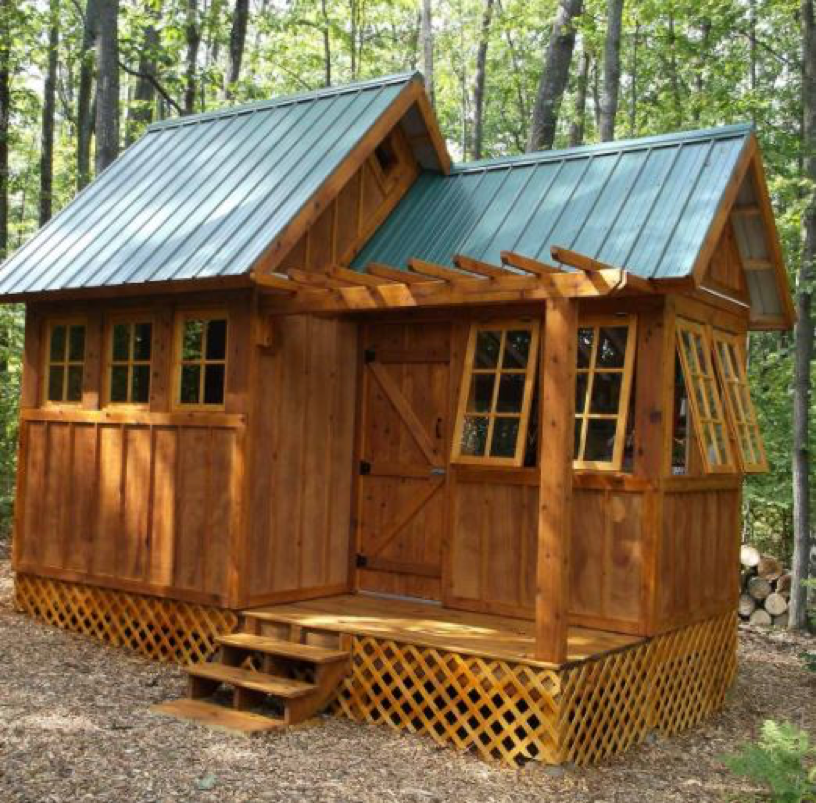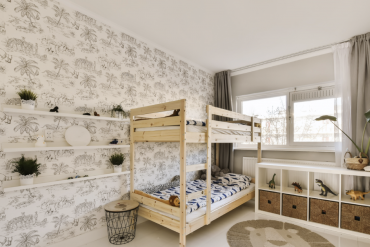Useful article for the teachers amongst you. “Where did I put that…?!” is not a question you want to be muttering under your breath while thirty children turn their hard-won attention away from you to one other. Instead, you should be able to head straight to a specific drawer to keep the rhythm flowing and engagement maintained. Being organised means that you’ll be able to find anything you need, the second you need it – a paramount consideration if you really want to keep pupils engaged and focused on you! But, if organisation is something you’re struggling with, (and it’s nothing to be ashamed of, by the way… not with more paperwork, books and stationery than your average shop to contend with…) here are six top tips to help you.
-
Keep your desk area clutter-free
Your work area is one of the most important places in the classroom. Position your desk so you can see every pupil in the room, and then make sure that you’re not filling it up with too much clutter. Give yourself plenty of ‘blank space’ so you can write, mark and plan at your desk, using storage jars and desk drawers to tidy bits and bobs away.
-
Invest in storage boxes
Parents know the value of storage boxes for hiding toys away, and they’re just as valuable in the classroom. Use storage boxes to hold exercise books, learning aids, stationery, arts and crafts supplies and anything else that pupils can’t fit in their desk drawers.
-
Recycle your jars
Next time you wash out a jar at home for the recycling bin, put it to one side to bring to the classroom instead. Large jars are perfect for storing pens and pencils, and small jars (such as baby jars) are ideal for smaller items such as paper clips, staples and elastic bands. This kind of storage will help to keep things organised, and you’ll quickly be able to see if you’re running low on supplies.
-
Keep your paperwork in order
As a teacher, you’re going to have tons of paper to carry around with you. Keep exercise sheets filed in folders, use plastic wallets to keep children’s work separate from one another, and use ring binders to store information you might be able to use in a constructive way. For instance, keep a ring binder to track your student’s likes and dislikes, challenges and successes. You can quickly refer to the information and update it whenever you need to, making parents’ evenings, behavioural management and report writing much more efficient. Stock up on ring binders and other filing essentials from a company such as this one.
-
Make use of ‘dead space’
‘Dead space’ is a term used in interior design for homes, but it’s just as relevant in classrooms. Dead space refers to the parts of a room that don’t get used, such as the wall space above doorways or the right angle where two walls meet. Ask your school’s caretaker if you can erect some shelving in ‘dead space’ so that you can use it to store equipment, remotes for the technology in the room, or spare books, for instance. You could always get your class some materials such as perspex cut to size and ask them to create the shelving as a DIY project!”
-
Write a guide for your substitute teacher
Finally, take classroom organisation one step by further by writing a short guide for a substitute teacher in case you’re unexpectedly absent from the classroom. You can detail information such as where everything is kept, the names of the children in their seating plan and what a normal routine looks like in your classroom… it could be the difference between a substitute teacher floundering or flourishing!
If you found those tips helpful, you might want to check out these tips from Good Housekeeping too.





